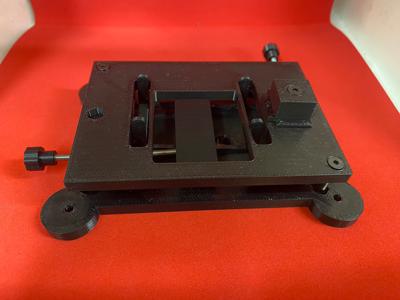Malaria remains one of the greatest public health challenges at a global level. Early diagnosis can substantially reduce the number of victims. However, in low-middle income countries, which are mostly affected, the preponderance of low resource settings (LRS), such as community clinics, does not favour this practice.
Microscopy is the gold standard in the diagnosis of malaria as it allows direct visualization of the parasite. Notwithstanding its potential, microscopy requires particular care in sample preparation, equipment and reagents, and highly qualified personnel, all of which are critical.
The device togheter with a Phyton script for the analysis of the acquired images lays the foundation for an automated system to determine the quality of samples for malaria diagnosis.

Medical tags
- Clinical need
- Point-of-care diagnosis
- Area
- Infectious disease
- Technology
- In vivo diagnostic device
- Project keywords
- Malaria, diagnosis, microscopy, point of care , open-source